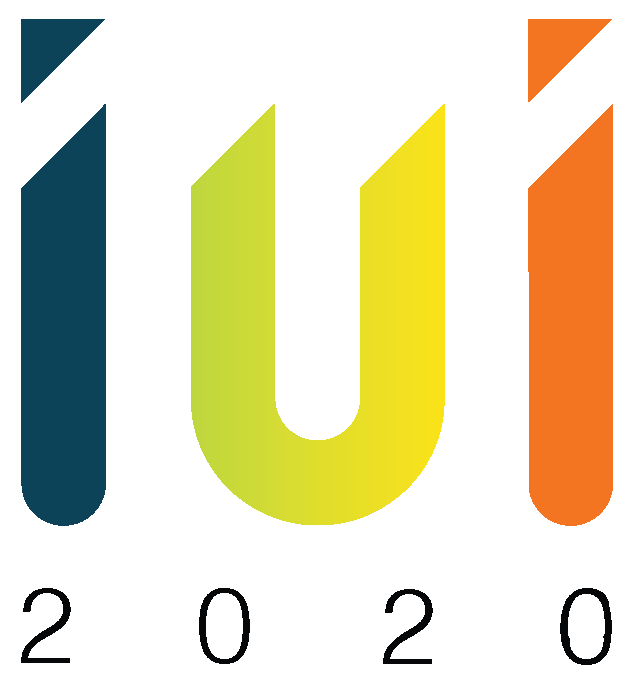
Bayesian Methods in Interaction Design
IUI 2020 Tutorial
IUI 2020, March 17-20, Cagliari, Italy

IUI 2020, March 17-20, Cagliari, Italy

Participants will explore interactive examples in the tutorial, which is built around hands-on Python programming with modern computational tools. This is interleaved with presentations covering theory and more in-depth examples of problems of wide interest in human-computer interaction.Bayesian methods offer a powerful approach for thinking about and implementing interactive systems that can deal with uncertainty and noise. This course introduces the theory and practice of computational Bayesian interaction, covering inference of intention and design of interface features.
The course will cover:
This course will:
@inproceedings{bayesianinteraction_iui2020,
author = {Per Ola Kristensson and
Antti Oulasvirta and
John Williamson},
title = {Bayesian methods Interaction Design},
booktitle = {ACM IUI 2020 Tutorials},
year = {2020}}
2020 / JHW